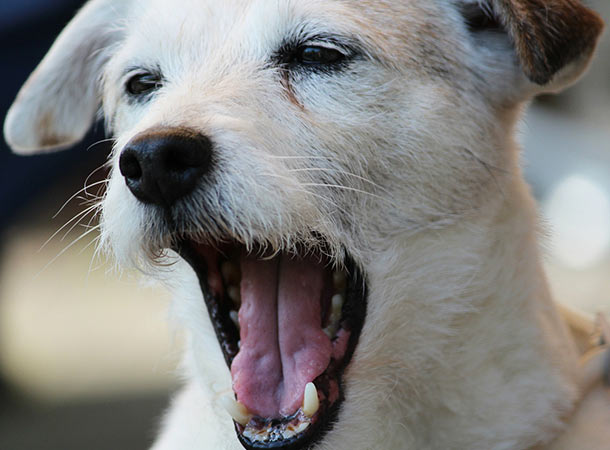Animals express their emotions through posture, movement, facial expressions, and even tail flicks. Whether you’re working in rescue, fostering, or are a first-time pet owner, learning to decode your dog or cat’s body language can make all the difference in their comfort, safety, and your bond together.

🐶 Interpreting Dog Body Language
😊 Signs of a Happy, Relaxed Dog
A happy dog is usually:
-
Loose and wiggly: Their entire body may wiggle when excited.
-
Tail wagging naturally: A slow, sweeping wag with a relaxed tail means contentment. A wagging tail isn’t always a sign of happiness—context matters!
-
Open mouth and soft face: A “smiling” dog with a slightly open mouth and no tension in the face is often at ease.
-
Approaching with curiosity: Willingly comes up for pets, sniffs, or cuddles.
📘 Real-Life Example: At a shelter, a dog greets you with a low tail wag and licks your hand, with ears forward but relaxed—that’s a confident, friendly dog ready for socializing.
😟 Signs of a Stressed or Fearful Dog
Look for these signs that your dog may be anxious or afraid:
-
Tail tucked tightly between legs
-
Pinned-back ears
-
Cowering or retreating from people
-
Excessive panting, yawning, or drooling (not heat-related)
-
Pacing or restlessness
🧠 Pro Tip: These signs may not mean aggression—they’re often fear responses. Always approach gently, and let the dog initiate contact.
🐶 Aggressive Body Language (Warning Signs)
-
Stiffened body
-
Raised hackles (hair on the back)
-
Intense stare
-
Growling, baring teeth, snapping
➡️ Important: This doesn’t mean the dog is “bad”—they might be scared, guarding resources, or not feeling well. Always assess the full situation before reacting.
🐱 Interpreting Cat Body Language
😺 Signs of a Happy, Confident Cat
-
Tail held high: Especially with a slight curve or quiver—this is a friendly greeting.
-
Soft, slow blinking: A cat’s way of saying “I trust you.”
-
Grooming, stretching, and loafing: Cats who feel safe will groom or nap in vulnerable positions.
-
Purring + body relaxed: Usually a sign of contentment (though cats also purr when anxious or in pain—context matters).
-
Belly exposure: If your cat rolls and shows their belly, it’s a sign of trust—but not always an invitation for belly rubs!
📘 Real-Life Example: A newly rescued cat sits in a loaf position, blinking slowly and rubbing against your hand. That’s a positive sign—they’re bonding and feeling secure.
🙀 Signs of a Stressed or Fearful Cat
-
Dilated pupils even in bright light
-
Flattened ears or tail wrapped tightly around body
-
Sudden hissing, growling, or swatting
-
Tense, crouched body with low movement
-
Avoiding the litter box or overgrooming
🐱 Hiding is a big indicator: If your cat disappears under beds or furniture for long stretches, they may be overwhelmed or fearful.
🧘♀️ Helping Pets Feel Safe and Secure
Whether you’re working with a recently rescued animal or a long-time pet, here are some ways to reduce stress and build trust:
-
Create quiet spaces: Let them retreat to a cozy, private spot.
-
Stick to routines: Feed, walk, and interact at regular times.
-
Use calm voices and slow movements
-
Offer interactive play and enrichment toys
-
Reward calm behavior with praise or treats
🐾 Shelter and Rescue Considerations
Understanding pet body language is essential in a rescue or shelter setting, where animals may be confused, fearful, or traumatized. Misinterpreting fear as aggression can mean the difference between a successful adoption and a missed opportunity.
✨ What to teach potential adopters:
-
Give rescue animals time to decompress (the “3-3-3 rule”: 3 days to adjust, 3 weeks to settle, 3 months to bond).
-
Read body cues before petting or introducing new people/pets.
-
Don’t punish fear-based behavior—focus on trust and positive reinforcement.
📣 Final Thoughts: Speak Their Language
Animals are constantly trying to communicate with us. By learning to recognize the signs of stress and happiness, you’ll become a better caretaker, advocate, and friend to every animal in your life.
Happy animals feel safe—and safe animals thrive.


